Search Images
Browse Content (p. 1257)
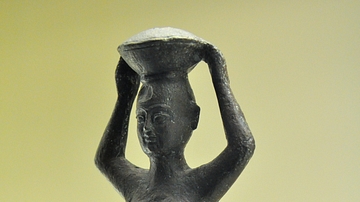
Image
Foundation Figurine of a Basket Bearer
Bronze figurine of a basket bearer with cuneiform inscriptions. Circa 1770 BCE. From Mesopotamia, modern-day Iraq. (Pergamon Museum, Berlin, Germany)
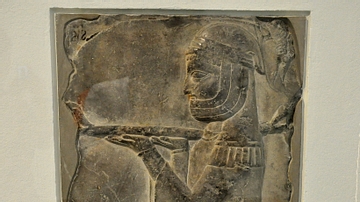
Image
Gift-Bearer from Persepolis
This limestone wall relief shows a man holding a gift for the king. The man wears the typical Persian garment. From Persepolis, the Palace Terrace of Darius I (521-486 BCE) or Xerxes I (485-465 BCE), modern-day Iran. (Pergamon Museum, Berlin...

Image
Ishtar Standing on a Lion
This terracotta plaque depicts the goddess Ishtar standing on a lion. From Mesopotamia, modern-day Iraq. Old-Babylonian Period, 19th to 17th century BCE.
Pergamon Museum, Berlin.
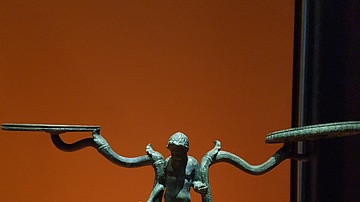
Image
A Candelabrum from Pompeii
A bronze candelabrum from Pompeii. 1st century CE. Soprintendenza Archeologica di Pompei, (National Maritime Museum, Sydney Australia)
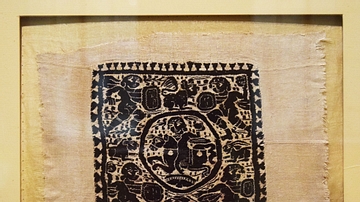
Image
Coptic Textile of St. Joseph
This Coptic linen textile spun from wool depicts scenes from the life of St. Joseph, including images of a horseman, four warriors, animals, a grapevine, a bird, and a running warrior holding a spear. Egypt, c. 300-700 CE. (Pushkin Museum...
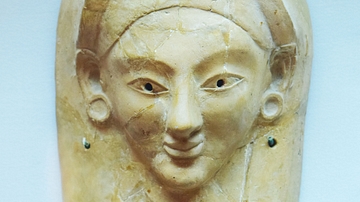
Image
Protome of a Hellenic Deity
A protome of an ancient Hellenic deity created from clay. Samos, Greece, c. 525 BCE. (Pushkin Museum, Moscow)
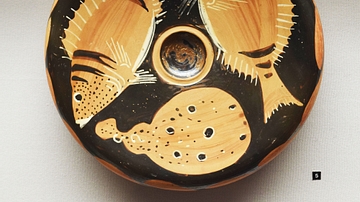
Image
Ancient Fish Plate from Campania
A plate made from clay with glaze traditionally attributed to the "Helgoland Painter." Campania, Italy, c. 350–325 BCE. (Pushkin Museum, Moscow)
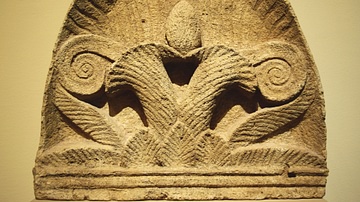
Image
Greek Acroterion
An ancient Greek acroterion (akroteria) or architectural ornament made of limestone, which was placed on a flat base and positioned at the top of a building constructed in the classical style. Greece, c. 250 BCE. (Pushkin Museum, Moscow)
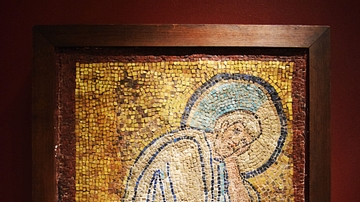
Image
Roman Mosaic Fragment of St. Joseph
Mosaic fragment of St. Joseph done by an artist in Rome, Italy. Tesserae and stone, c. 600-725 CE. (Pushkin Museum, Moscow)
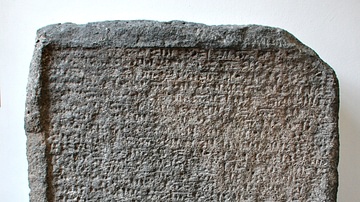
Image
Conquest of the City of Luchiuni
The cuneiform inscription on this rock narrates the conquest of the city of Luchiuni at Transcaucasia by King Menua. Menua was the 5th king of Urartu. c. 810 to c. 785/80 BCE. From Cholakert/Vorgebirge of Ararat (of extreme eastern Turkey...